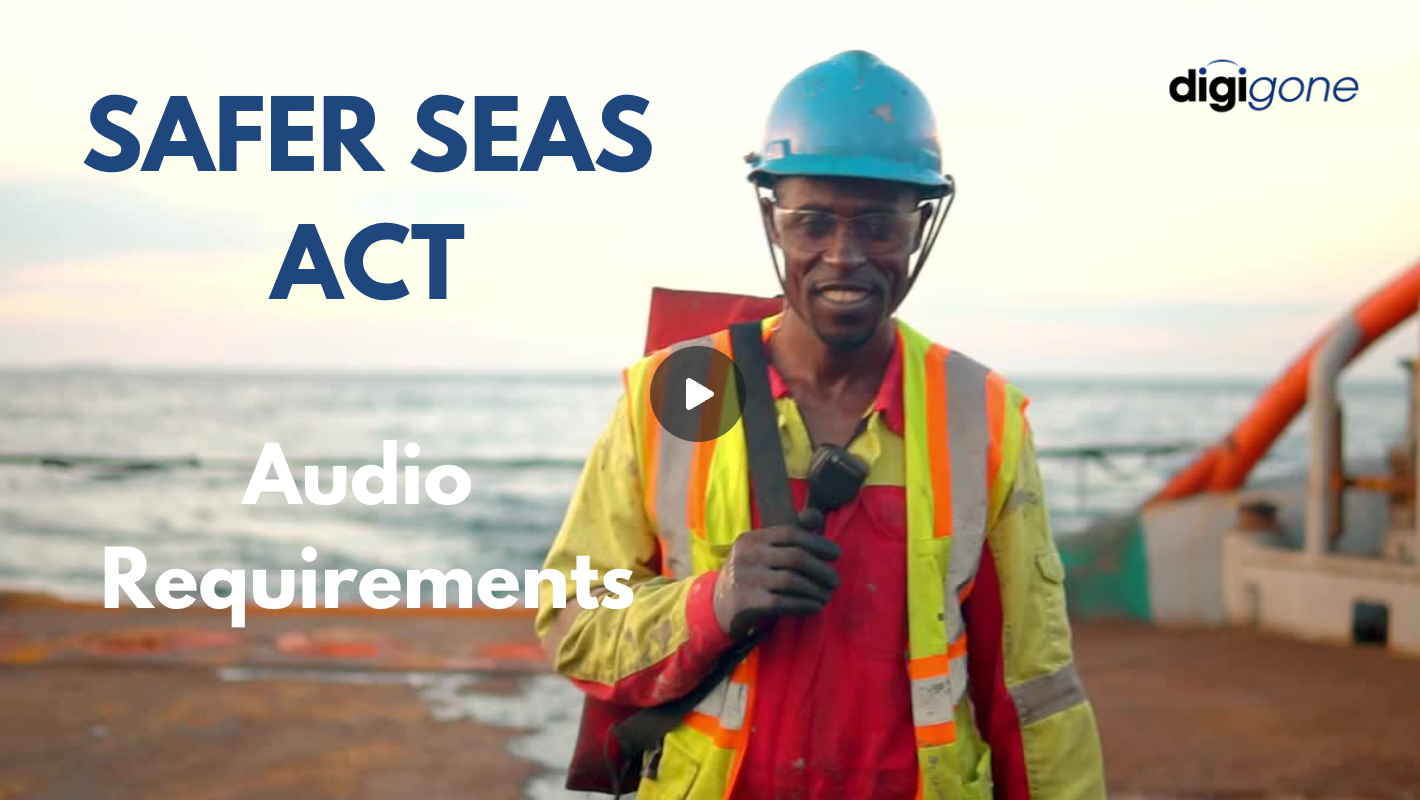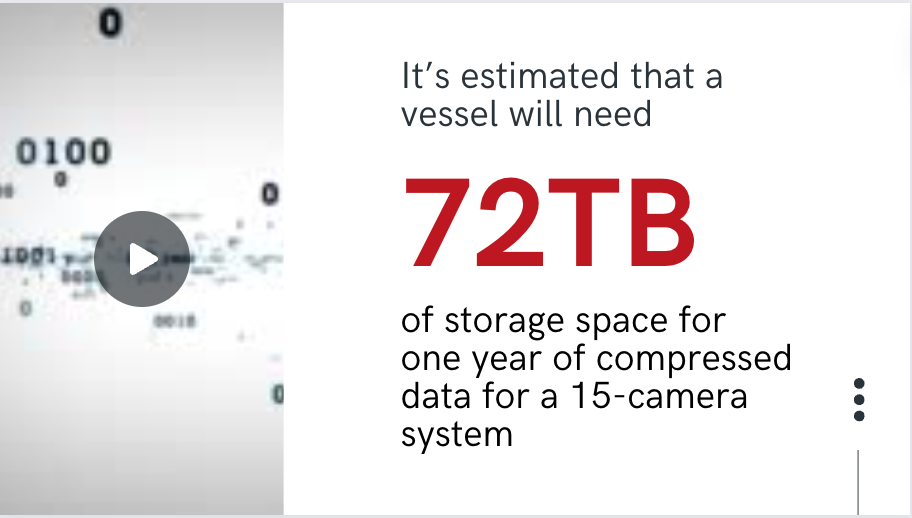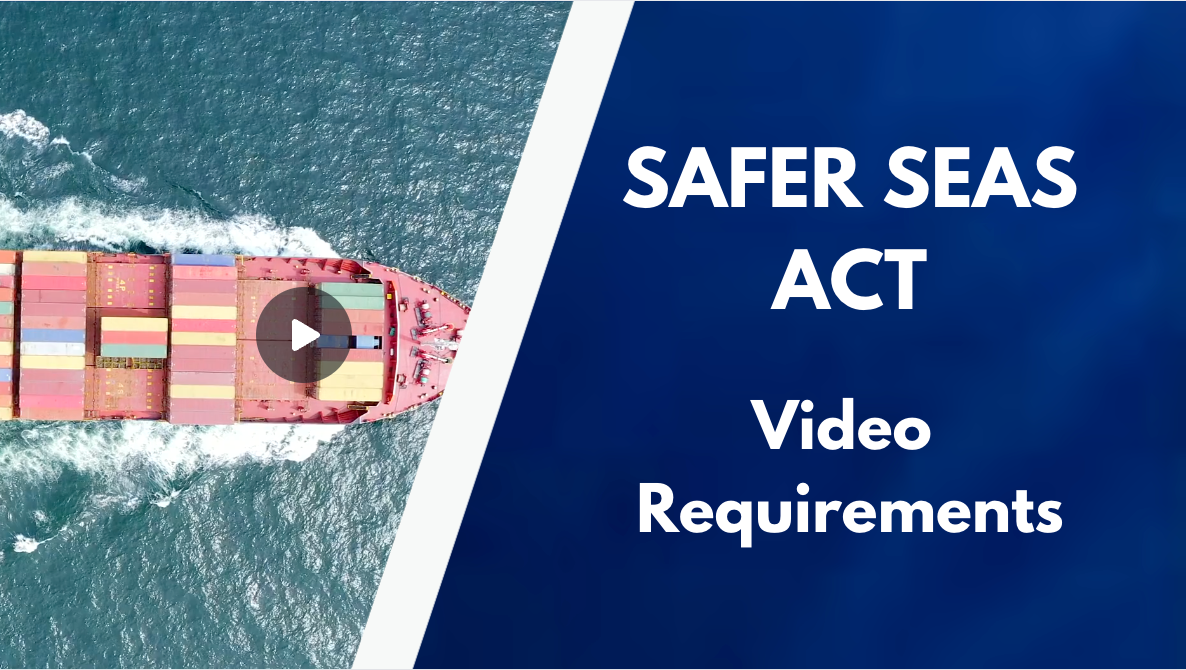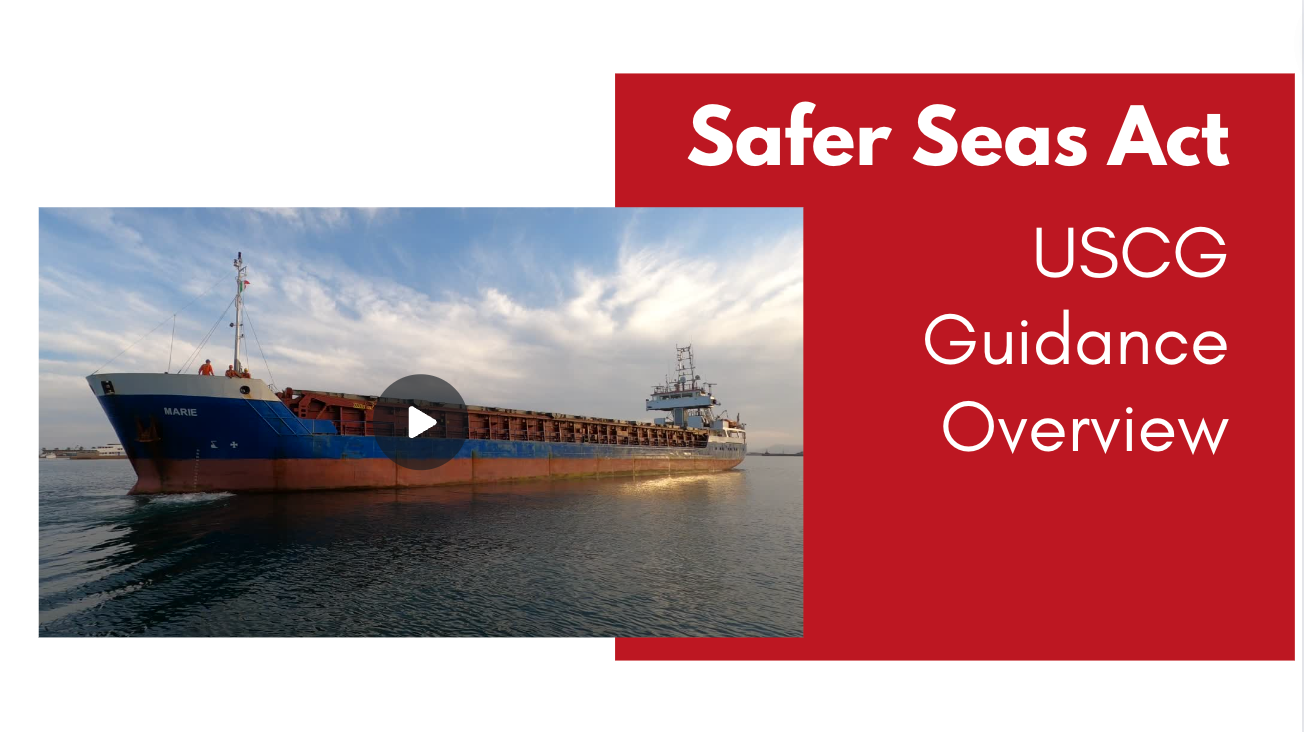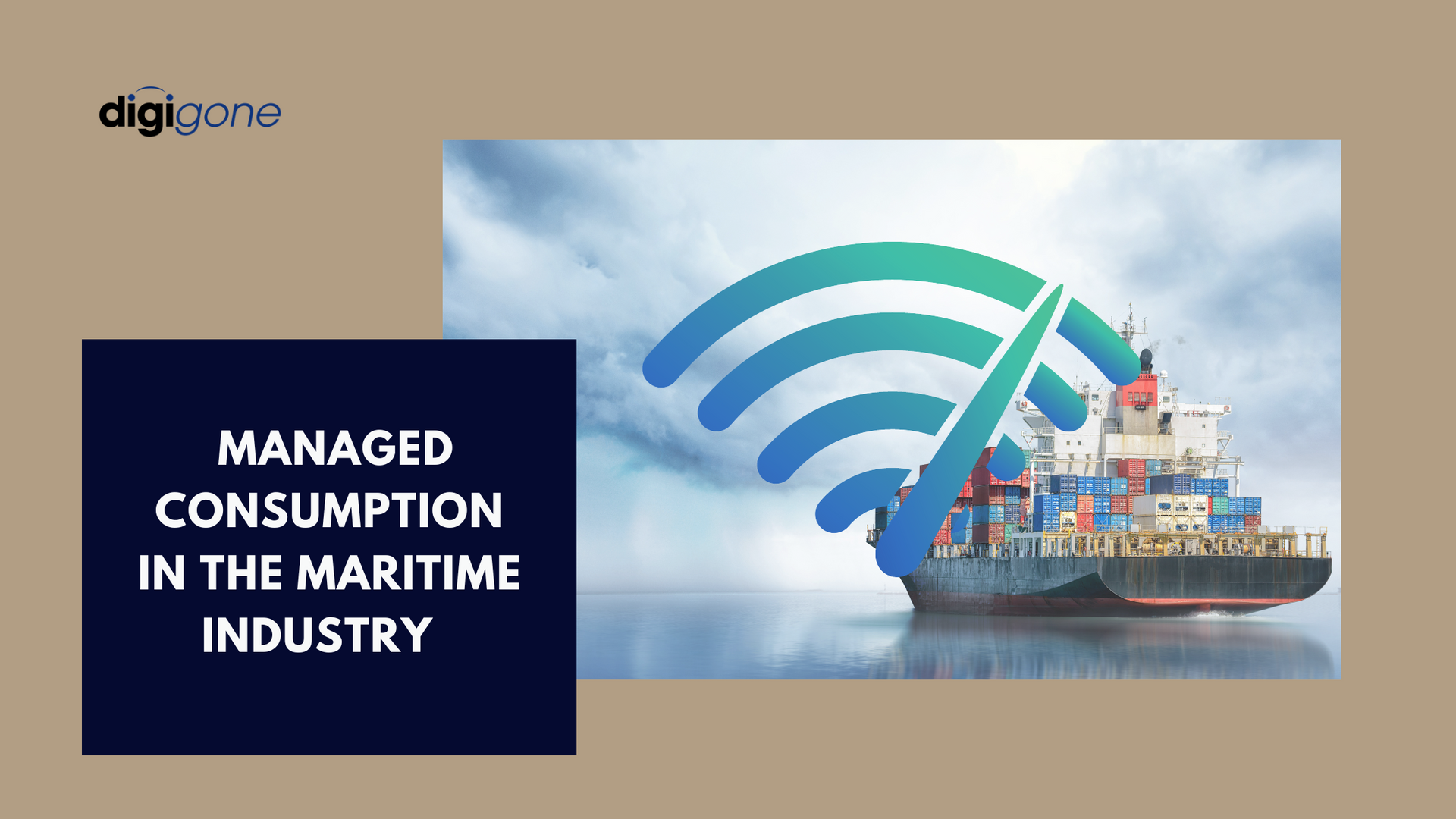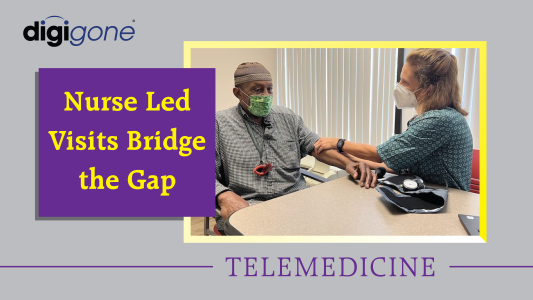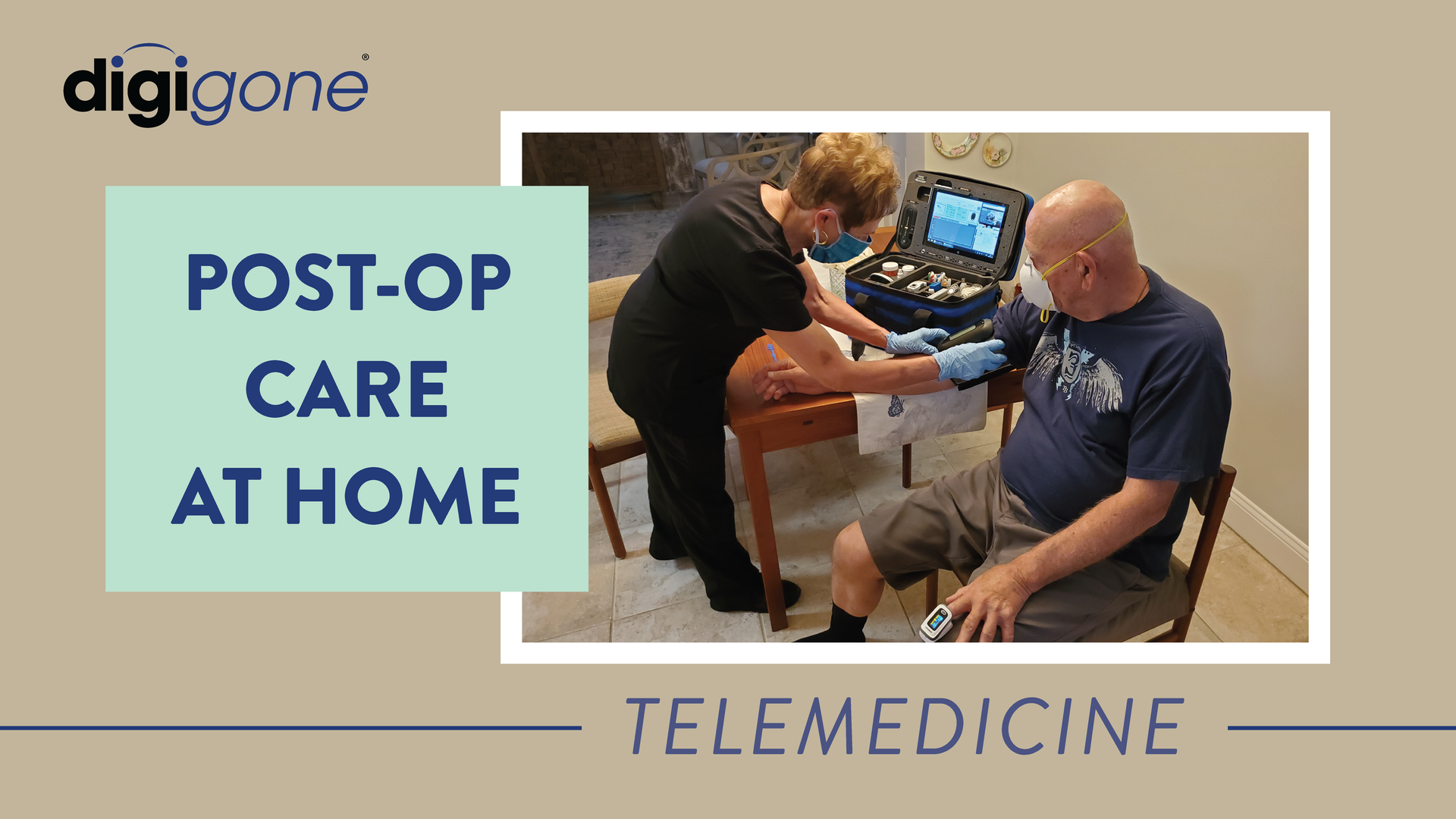How Telemedicine Can Keep Seafarers Healthy and Ports Open
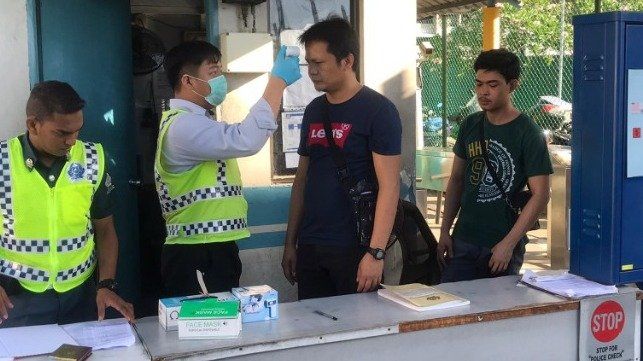
On July 9, the International Maritime Organization (IMO)
reported that 13 nations have committed to easing border restrictions at ports allowing mariners, some who have been stranded since March, to make their way home.
“This step represents significant progress to help resolve a growing crisis facing the maritime industry and enable hundreds of thousands of stranded seafarers to go home or join ships,” said the IMO in the release.
While designating seafarers as essential employees alleviates a huge humanitarian and commerce problem, the pandemic is still spreading rapidly in many places. And by the looks of things, it could continue to spread for the next year or longer. No one knows.
So, even though crews are moving again, taking all the necessary precautions to keep them safe is paramount. Following are a few lessons that have come to the forefront in terms of seafarer health.
A Path Forward
Derek Andresen is a program manager of innovative practices in emergency medicine at George Washington University . He oversees the maritime medical remote program, which includes remote/international and domestic consultation services, case management, medical repatriation and medical services coordination.
In early July, his office received a phone call from a vessel at port that feared its crew had been exposed to COVID-19.
“That call came in at 9:30 a.m. By 2 p.m. we were wheels-up headed that way,” Andresen recalls.
After testing every sailor on board, he was back in his clinic the next morning with the tests.
If someone on a vessel becomes sick or has potentially been exposed, Andresen says it’s important to have a plan, but be ready to adjust at a moment’s notice due to the complexity of the challenges the pandemic presents.
“We have to be smart in how we approach things. No one has walked down this path before,” says Andresen. “We’re fortunate that we have big clients, so we’re involved in a lot of conversations and we have to groupthink about what’s the best path forward.”
Presuming Positive
As for recommendations, Andresen says it’s a case-by-case basis, “If someone is presenting symptoms, you have to start by asking background questions: When was the last time you were in port? Did you go out? Did you wear a mask?”
And then you have to gauge how risky their behavior was. Did they go to crowded places in a busy city?
“At that point, if it’s been five to seven days since they went out,” Andresen says, “and they’ve started developing symptoms, which is the normal timeframe for COVID to present with symptoms, then you start to develop a picture.”
Since there isn’t COVID testing on boats, it’s important to presume they’re positive, which means a 14-day quarantine.
Also keep in mind that even if a symptomatic crew member isn’t very sick, the coronavirus could affect someone else entirely differently, “Some people handle it fine, while others are on a vent in 12 hours,” Andresen says.
Strategies for Crew Changes
Crew changes present are a big risk to the maritime industry. But a few smart strategies are being employed to mitigate those risks.
The Maritime Executive reported that vessels in Singapore have been using telemedicine to assist in crew changes. Instead of sending doctors onboard, they use encrypted video applications and tools that come with telemedicine kits to contact doctors who then complete full clinical evaluations in real-time.
Beyond temperature checks, doctors can remotely consult with crew members in real time as to who they have been exposed to recently, as well as how to travel safely to avoid getting exposed. Being able to safely embark and disembark, and not be an “active spreader,” will be crucial in keeping the maritime industry moving.
Another important tool is an ultrasound device that comes optional with telemedicine kits . Doctors in Spain and Africa have used this tool successfully to triage COVID-19 patients. Using the video application, a doctor can remotely access the device to guide the designated medical officer onboard to assess the condition of the patient's lungs.
Additionally, Andresen says it’s becoming a common practice to plan for a 14-day quarantine for all crew before and after trips. This is a safeguard for not only the mariners, but also whoever they will be around next; either their families or another crew.
Keep Moving Safely
The maritime industry has been walloped since the COVID-19 pandemic and seafarer health has borne the brunt of it. But, with technology, including telemedicine kits that provide a virtual walk-in clinic onboard, proper planning and communication, the industry can keep moving safely.

